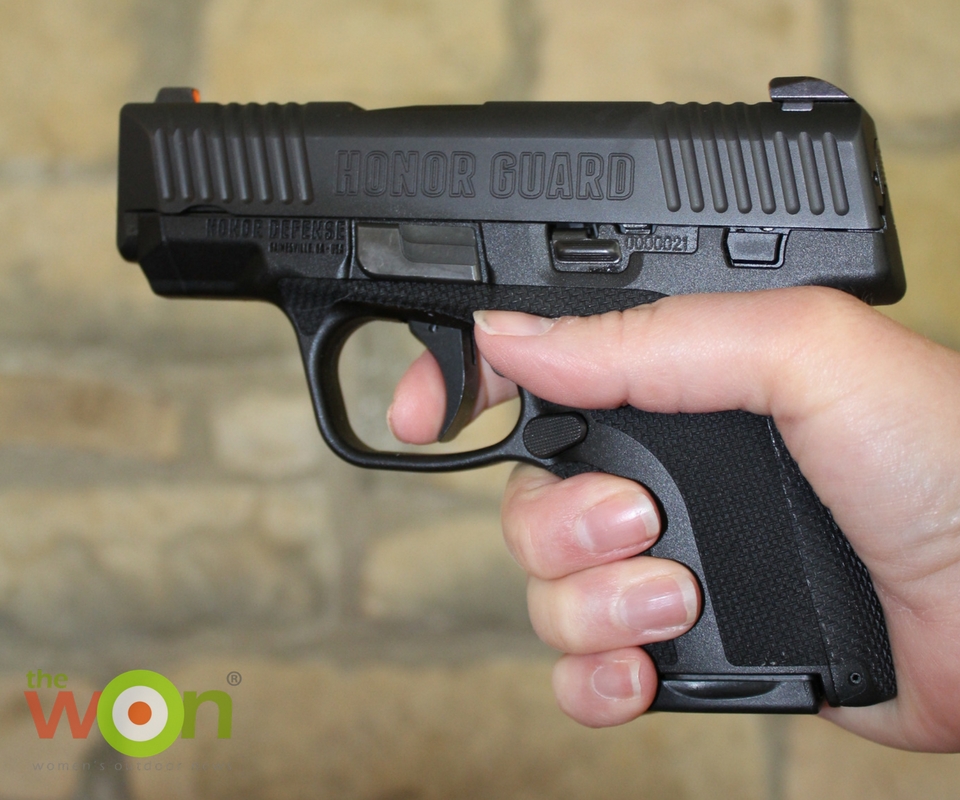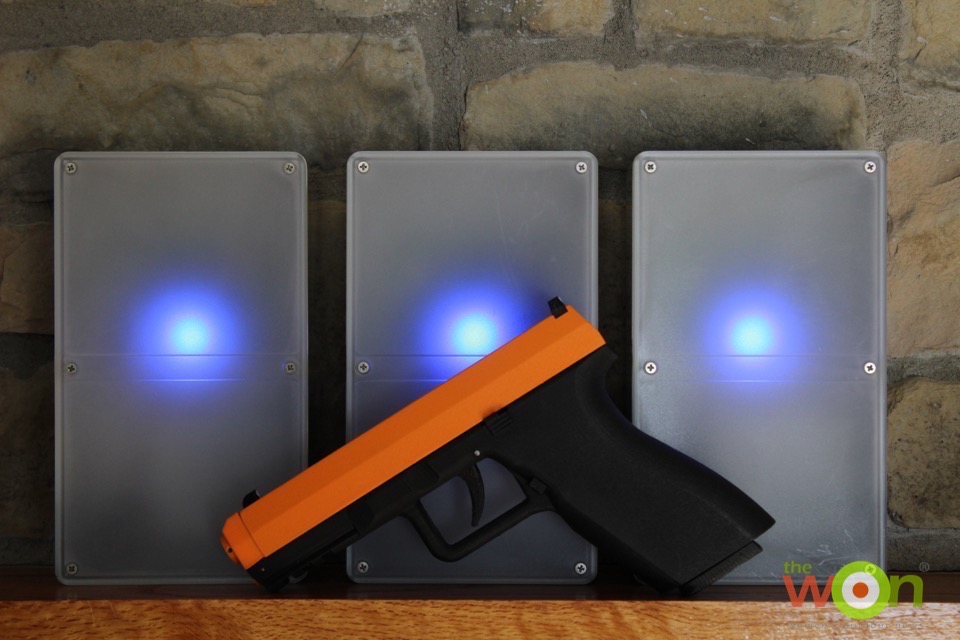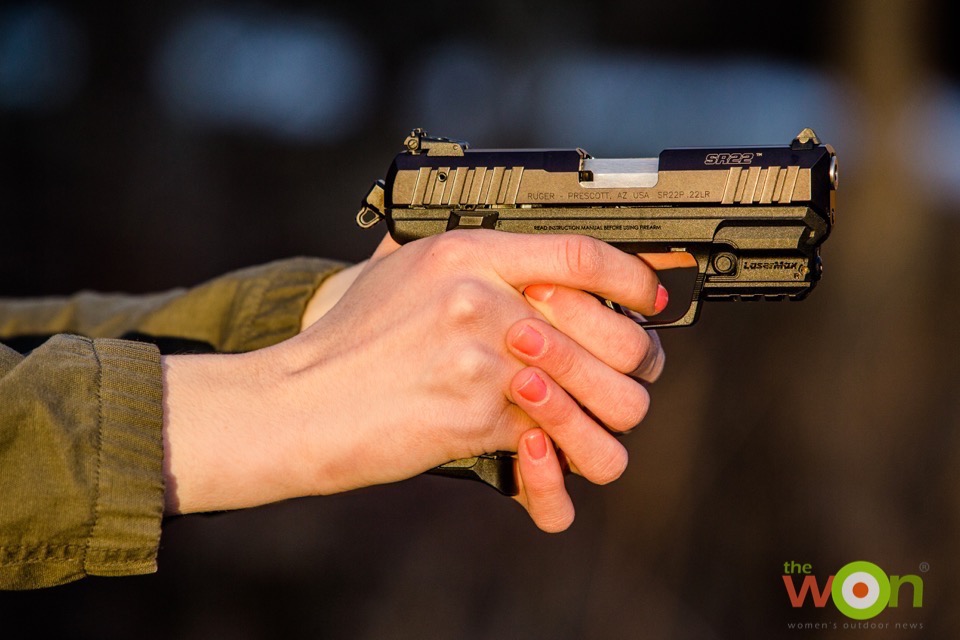Finally, it’s spring. If you’re like me and live above the Mason-Dixon line, getting to the range this winter was almost impossible. Sure, we had some nice days, but we also had a boatload of snow on the ground, and I belong to an outdoor range. Two years ago, the first signs of spring made me regret falling behind on my practice over the winter, but not this year. I promised myself at the onset of cold weather that I’d keep up my skills with dry fire throughout those freezing months, and now that the snow has melted and it’s getting warmer, I’m sure glad I did.
I subscribe to the expression “train like you fight” and believe that we should train year-round—even on those bitterly cold winter days—but I’m also a realist. I did manage to drag myself out to my outdoor range a few times despite less-than-comfortable temperatures. But did I get there as often as I should have, or as much as I wanted? No. But because I know myself, and knew I wouldn’t be braving the wind to hit the range as much as I should, I made a winter training plan.
Starting early last fall, I researched some dry-fire exercises to work on through the winter months. Now before you start thinking how boring and unnecessary dry firing is, let me give you some of its benefits.

Benefits of dry firing:
Over the winter, I focused on 3 things: my draw, my trigger press, and my target-acquisition speed.
Draw: Drawing from concealment is one of the most important things a someone who carries concealed can practice. Should you need to draw your gun in a self-defense scenario, the last thing you want is to fumble your gun or not know how to get to it quickly. This holds especially true when you change up your holster or start carrying in a different location on your body. As an example, my draw would be completely different if I were carrying in my purse than it would be if my gun were in a bra holster. Bottom line: Know where your gun is, know how to access it safely and quickly—and then practice, practice, practice.
Trigger press: While pulling the trigger seems like a no-brainer, pulling the trigger properly is a whole ’nother story. You want to pull straight back on the trigger; the slightest movement to either side will cause your shot to be inaccurate. Bottom line: You don’t want your gun to move when you pull the trigger. Dry fire trigger-press training can be done while you’re watching TV, so there’s really no excuse for not working on this.
Target acquisition: Raising your gun from the holster and finding your target is something that needs to be done quickly and efficiently. Extra motions cost you time—time you might not have in an emergency. Your draw will vary depending on where you’re carrying your gun, but your mechanics should be quick and efficient so that you don’t waste time with extra body movements. Bottom line: Know how to move the gun efficiently from your holster, grab it with your weak hand, raise, and aim on automatic pilot.
One key to dry fire practice, no matter which exercise you’re working on, is consistency. You’re looking to improve your muscle memory, thereby improving your skills. To do this, you must make sure that you make time for practice. The beauty of dry fire is, you can do it from the comfort of your home, whenever you want. Despite this flexibility, I like to plan and schedule my dry fire sessions, at least mentally. I find that if it’s on my schedule, it gets done. Otherwise, it can get pushed behind the next big work deadline and shuffled down the priority chain from there. Bottom line: Make the time.
Safety note: Whenever you plan on dry fire practice, make sure your pistol is unloaded, and that there is no ammunition in your immediate area. Double- and triple-check your gun before you start working with it.

There are many laser trainers and similar systems on the market you can purchase to practice with. Companies like LaserLyte, AimWell and iTarget make products that can help your train at home when you can’t get to the range. Although I own a laser training system, I often dry fire and work with my concealed-carry guns. After all, if I’m going to be in a situation where I need to draw, aim and fire, I’ll be using my concealed gun, not a trainer. Instinctively being able to efficiently draw and quickly acquire my target is the exact muscle memory I’m working on each time I practice.
I’m excited that LaserMax is coming out with the GripSense laser for the Smith & Wesson Shield. Being able to dry fire using a laser on my carry gun will be an enormous asset to my training. The laser will show me exactly where my shot would have gone. Look for a review on the GripSense soon.

My recent range trips are proof that the dry fire exercises I worked with over the winter not only helped keep my muscle memory sharp, but helped my speed as well, both on my draw as well as my reloads (yes, I worked on those too). While I know in my heart I should suck it up and get out to the range even in the dead of winter (someday I may need to draw my gun and pull that trigger in the bitter cold), I also know that dry firing is just as important as live firing. Plus you don’t need to pack up your range bag and drive to the range, so I save time as well.
Not being able to make it to the range doesn’t mean that can’t train. Bad weather happens year-round—it doesn’t have to be winter for you to practice dry firing to improve your muscle memory and your skills. Live fire training is an important aspect of being a responsible, armed citizen, but for those times you can’t get to the range, dry fire practice will keep your skills sharp. Try it today.
Annette Doerr is a freelance outdoor writer and business services consultant living in suburban New York. This married mother of two is an NRA Certified Pistol Instructor and Range Safety Officer. Annette is not only passionate about the sport of shooting, she also loves helping new shooters get involved, especially women and teens. An active equestrian, she enjoys riding her American Quarter horse, Cody. She volunteers in greyhound rescue and adoption, and shares her home with Casper, a rescued racing greyhound, along with her her cat, Tony, and her husband, Bob. Visit Annette at WeShoot2.com, her personal blog. View all posts by Annette Doerr